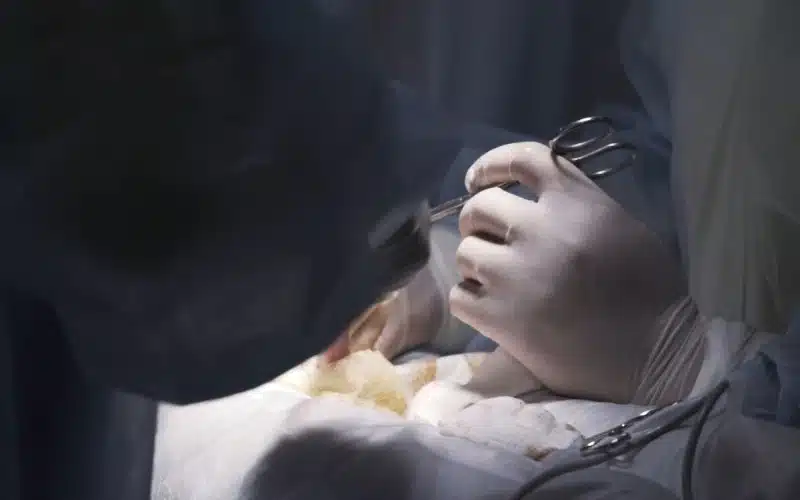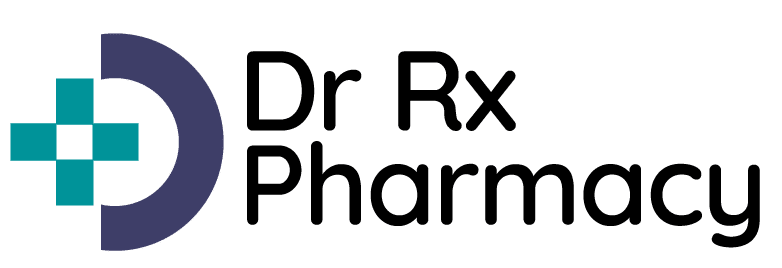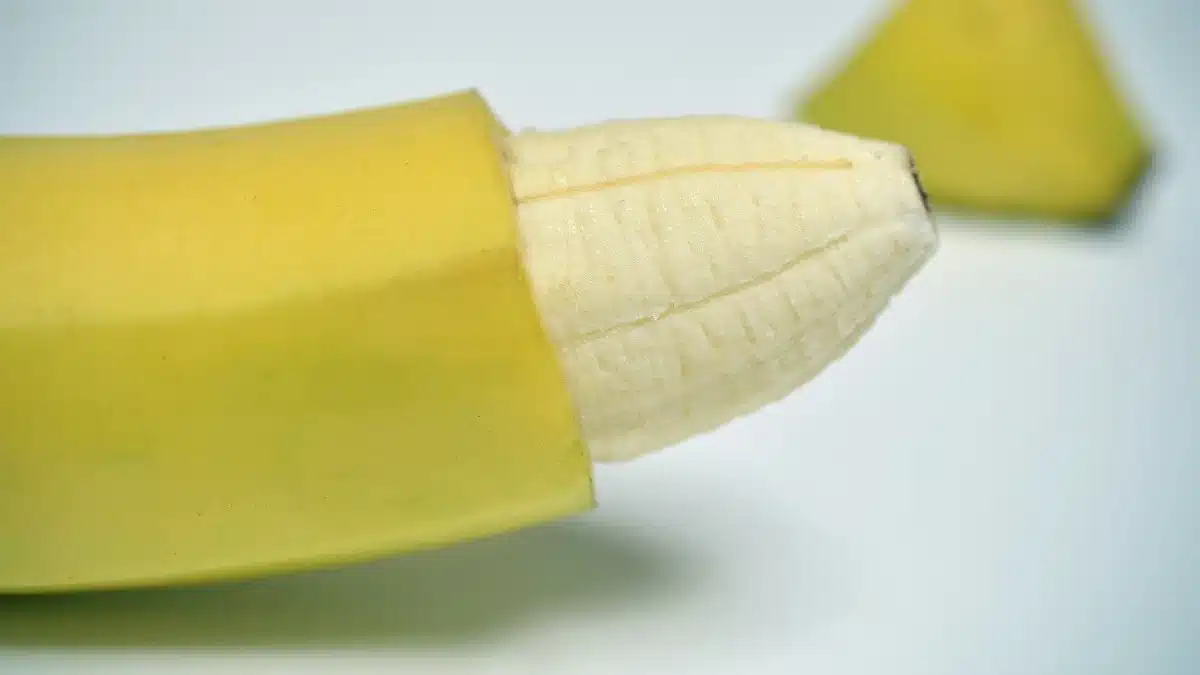What is Circumcision?
It is the surgical process of removing the foreskin that covers the tip of the penis. Circumcision in infants is a common practice nowadays.
Approximately 55 to 80 percent of male infants get circumcised in the United States.
It is a widespread religious practice among Jews and Muslims. They perceive it as a personal hygiene or healthcare measure.
The circumcision process is widespread in the United States, Canada, Africa, and the Middle East.
History
Sex was deemed impure at that time, leading to people removing their foreskin to purify themselves.
There are many theories as to how Circumcision came into practice. One theory suggests that it was a way to “purify” all individuals by reducing the sexual pleasures of life.
Some people adopted this practice as a religious ritual and still practice them in these modern times.
Although many laws prohibiting Circumcision exist, a new procedure came into practice known as Peri’ah.
Peri’ah is removing more foreskin than before so that the glans don’t recover that quickly.
This modification was later adopted by medical science and is still in use today.

How is it done?
The process is safe and quick. It often takes place within ten days of the child’s birth. The doctor may provide a painkiller to reduce the pain.
To cut the foreskin, doctors use a special clamp during this process. The anesthetic is injected or applied as a cream before the surgery begins.
Many boys/adults also go for this surgery, and the process is very similar. However, in the case of adults, the recovery might take a while, and the risk increases with age.
Benefits of Circumcision
The penile foreskin contains Langerhans Cells, most likely to attract HIV cells. Based on this, Circumcision is considered a way to reduce the chances and spread of HIV.
Circumcised males are less likely to get penile Cancer or Urinary Tract Infections (UTIs) as they age. Other Circumcision benefits include the prevention of Phimosis, Paraphimosis, and Balanoposthitis.
Hygiene is not a very big issue with circumcised boys. You can avoid a lot of infections that may occur with age.

Risks of Circumcision
The most common risks associated with this process are bleeding and subsequent infections. If the skin removal process is incorrect, it might also require a minor surgical repair.
Although one can avoid such situations if the doctor is skilled, in some rare cases, if the matter worsens, it can be painful and even result in death.
In some cases, Circumcision might not be the right choice to make. If there is a blood-clotting disorder, abnormalities in the penis, or if the baby is premature, Circumcision might not be the best option.
After Circumcision
The doctors apply an ointment after the surgery and wrap the baby’s penis in gauze. There can be minor bleeding at first, but it usually stops independently.
Most doctors recommend cleaning the area with warm water for a few days. It takes nearly 7-10 days for the wound to heal completely after the process.
If the bleeding continues, consulting a doctor would be the best thing to do.

Is it the right thing to do?
Debates surrounding Circumcision and its medical benefits have long been going on. Infants cannot convey their opinions on the subject matter, so it all comes down to their parents to make this decision.
Parents often decide to circumcise their children based on their social traditions. It may not be a suitable decision, as the child might have other medical needs.
Circumcision may not be medically fit for every child. Sometimes, parents force their will on the doctors to carry on with the surgery.
In 2012, the International NGO Council on Violence Against Children identified non-therapeutic Circumcision as a harmful practice that violates children’s rights.
Conclusion
Is Circumcision right or wrong? It is a debate that’s going to last forever. For some, it is a matter of religion; for some, it means nothing.
The clear origin of it and how it came into existence is unknown. But we know it has its advantages; it can lower the risk of Phimosis, Paraphimosis, Balanoposthitis, HIV, and Urinary Tract Infection.
Though it has its risks, like, a blood-clotting disorder, abnormalities in the penis, etc., in some cases, it might even cause death due to heavy blood loss.
Circumcision or not is all an individual choice, and while Circumcision has its advantages, it also has its disadvantages. So choose wisely.

